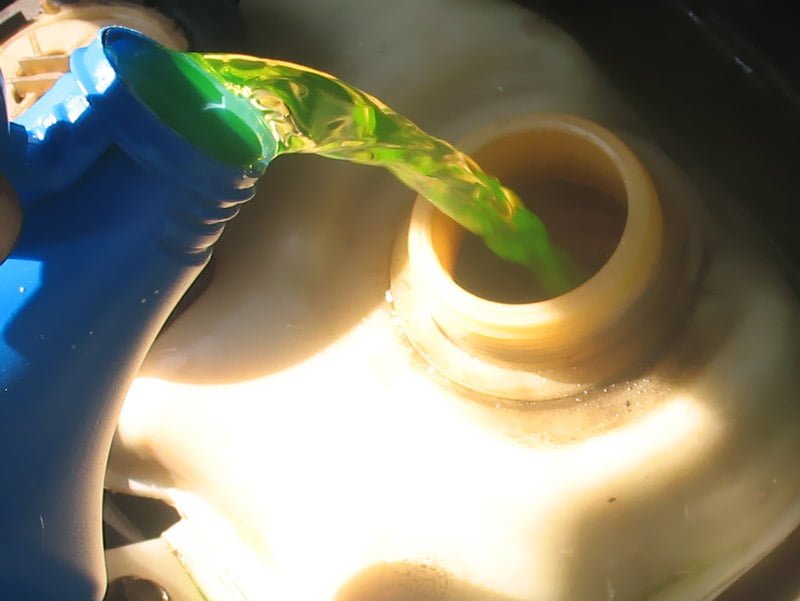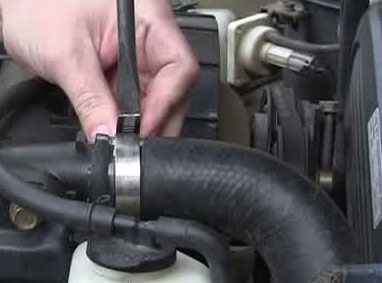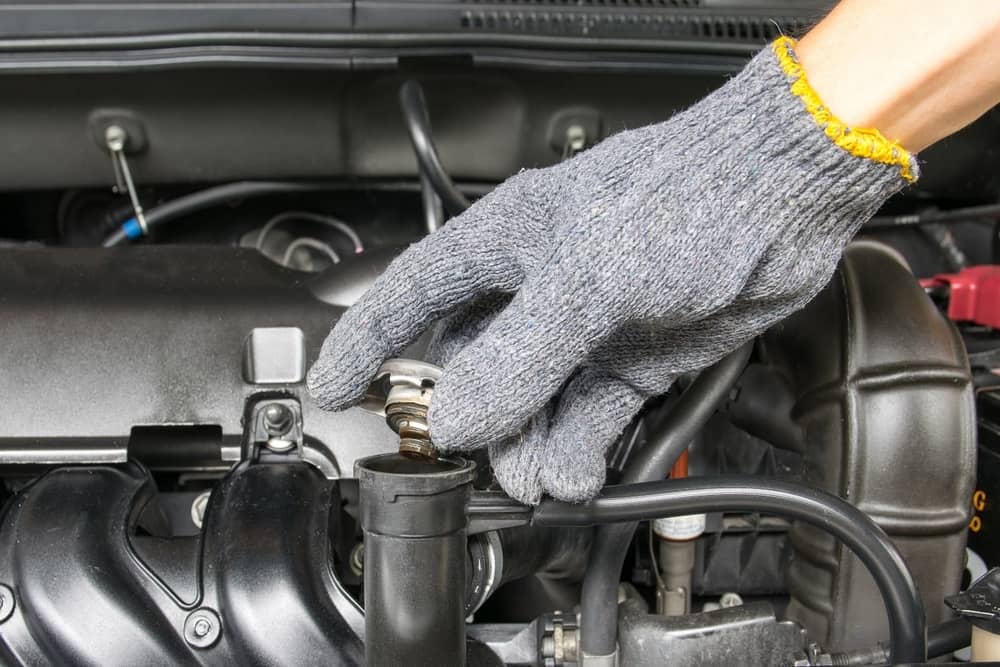We all know that our vehicles require regular maintenance to keep them running safely and reliably. Most people change their oil at some regular interval, which is one of the most important and cost-effective things you can do to make sure your car doesn’t take an early trip to the scrap yard. Transmission fluid is also high up on the list of regular maintenance items. However, a regular coolant flush is a car-maintenance game changer that often flies under the radar of even the most experienced mechanics. Continue reading below to find out everything you need to know about the necessary act of flushing your radiator. Watch this video for a quick overview of the benefits of a coolant flush.
https://www.youtube.com/watch?time_continue=2&v=N-21pFdeeQ0&feature=emb_logo
Everything You Need to Know About the Coolant Flush
What Is Coolant?
To know if you need a coolant flush, it’s important to understand what antifreeze, or engine coolant is and what it does. The internal combustion uses heat to expand gases, which move the engine’s pistons (and your vehicle). Therefore, there will always be left over heat after each cycle. This excess heat needs to be removed to keep your engine from overheating. The more quickly this excess heat can be removed, the more efficient the engine will be. The original internal combustion engines were air cooled, but water-cooled engines quickly replaced them.
Why is a coolant flush necessary?
The main reason to regularly change your antifreeze is to protect your engine from internal corrosion. For instance, antifreeze contains different chemicals to maintain pH levels and keep various materials from corroding. Over time, these chemicals are depleted and will no longer protect your engine and cooling system from corrosion. This can lead to costly leaks and component failures.
Replacing your vehicle’s coolant is the best way to prevent future cooling system problems. If you want to keep your engine in the best shape possible, perform a flush every time you replace the coolant. With the old precipitants and corrosion products removed, heat transfer will be restored to its maximum.
Signs Your Car Needs a Coolant Flush
While it’s a good idea to regularly perform a coolant flush, there are some tell-tale signs that your car runs the risk of damage to the radiator or cooling system. In this case a coolant flush should be performed as soon as possible:
- Leaking coolant
- Knocking engine noise
- Visible debris in coolant
- Odd smells or odors
The Dangers of Not Flushing Your Radiator
If you’re not regularly flushing your radiator (we recommend every 40 to 50 thousand miles), you may be setting the table for damage and engine corrosion. As a result, here are a few of the main issues you can run into if you let your coolant sit in the radiator for too long:
- Engine scale and erosion
- Clogged radiator or heater core
- Cooling system leaks
- Stuck or broken thermostat
- Water pump problems
How Long Does a Coolant Flush Take
Now that you understand why a coolant flush is necessary, it isn’t hard to make time for one. Coolant flushes typically take no more than an hour, so there’s no excuse not to flush your engine every 50,000 miles!
How Do You Flush a Cooling System?
If you’re ready to flush your cooling system at home, check out our directions or watch our Live Leak Free video! The only other thing you’ll need is BlueDevil Radiator Flush. Our concentrated formula has advanced cleaning agents that will remove all of the build up from your vehicle’s cooling system due to regular use (or even many miles of neglect). Protect your vehicle from wear and tear and engine corrosion today!
You can find BlueDevil Radiator Flush at your favorite auto parts store:
- Advance Auto Parts
- Pep Boys
- Car Quest Auto Parts
- Bennett Auto Supply
- Autozone
- Prime Automotive
Or you can purchase BlueDevil Radiator Flush online here.
Pictures provided by www.cherokeeforum.com and www.aprilliaforum.com
BlueDevil Products can be found on Amazon.com or at AutoZone, Advance Auto Parts, O’Reilly Auto Parts, NAPA, and other major auto parts retailers.
6 responses to "How to Do a Coolant Flush (and Why You Should)"
6 Comments
Leave a Reply
Related Articles





How do I perform a coolant flush on a 1994 Chevrolet caprice classic 5.7 engine. What kind of Antifreeze should I use?.
How to mix properly distilled water and Antifreeze to make 50/50???.
Is 50/50 best for my vehicle?.
Does dex cool Antifreeze kill your radiator?. Difference between the Green Antifreeze & the Orange & red dex cool???. What size pan should I put Underneath The flush Radiator Plug??. Thanks
Prime,
Thanks for your question about your Chevy Caprice. In your vehicle, you can use regular multivehicle green antifreeze available at most auto parts stores. Your vehicle holds a little more than 4 gallons of coolant so we would recommend draining it slowly into the largest pan you can find, and empty the drain pan a few times while you are draining the system. If you’re worried about diluting the antifreeze you purchase, you can purchase premixed antifreeze to ensure you get the correct mixture. If you decide to mix it yourself, you can try finding a large container with measure marks. The antifreeze you purchase should give you a list of temperatures a 50/50 mix will give you freeze protection to so as long as it doesn’t get colder than that temperature where you live, you should be fine.
Thanks again for your question!
-BD Auto Pro
How do I perform a coolant flush in on my 2005 Chevy impala 3.4L ?AM
Ryan-
Thank you for asking about your Chevy Impala. The link provided is directions for using the BlueDevil Radiator Flush, and will direct you in properly flushing the cooling system. http://store.gobdp.com/radiator-flush-directions/
Thank you!
-BDP
I purchased a 2007 Saturn Ion on 12/27/17. Two days later my COOLANT light came on and started dinging. I took it in to get looked at on 01/11/18 and my mechanic said I needed a new coolant reservoir which he went ahead and did. Another few days pass and the light and dinging noise start up again! Since I needed newer tires, I asked the tire shop to also look into this coolant situation. When I picked up my Ion, they stated that they unplugged the sensor and put it back in, assuming that would correct the issue. Here I am today and the COOLANT light and dinging noise are STILL happening. It’s not overheating and I don’t see any leaks, so what does anybody think could possibly be wrong? I’m at a loss as what to do.
Mike-
Thank you for asking about your Saturn Ion. Does the water/coolant appear to be low? When you purchased the vehicle, did it come with any kind of a service history or maintenance records? Please contact our technical support line at 888-863-0426 so that we can get a little better understanding of the vehicle’s condition and be able to make any appropriate recommendations.
Thank you!
-BDP